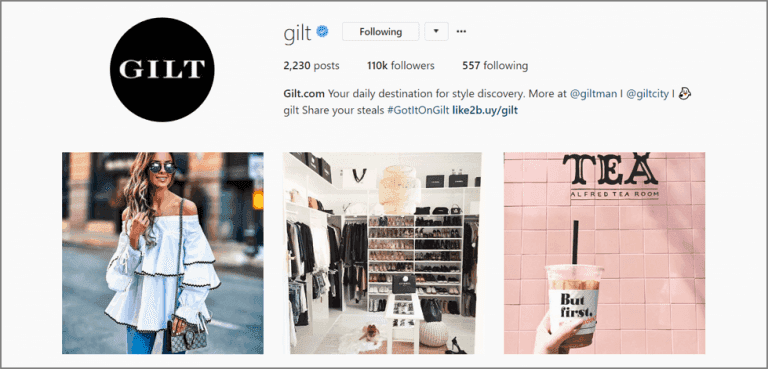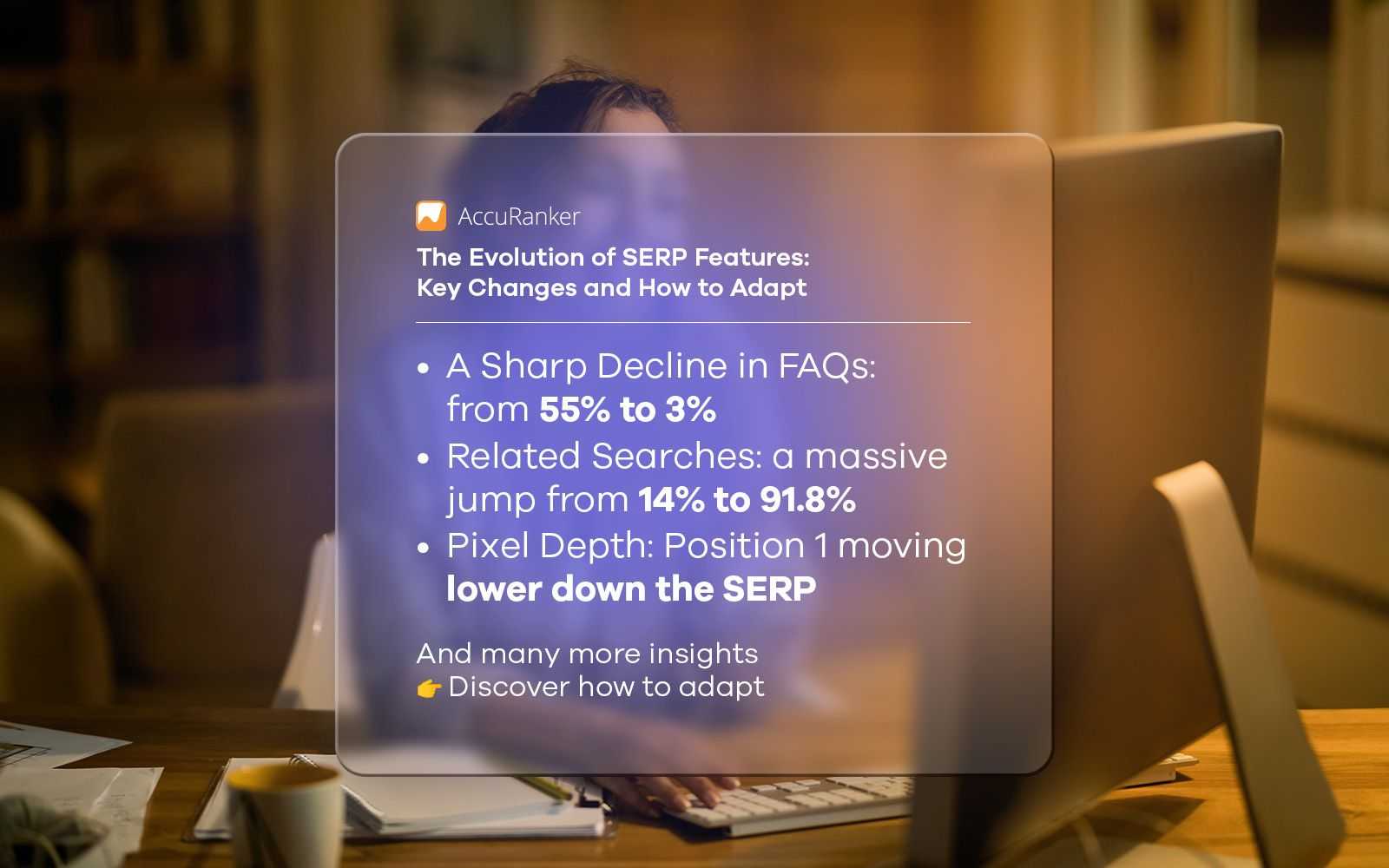Online PR for ECommerce Stores: How to Do It Right without Burning Cash
Last updated on Sunday, November 26, 2023

The famous Seth Godin once said, “People do not buy goods or services, they buy relations, stories, and magic.”
Enters PR
PR enables you to tell your story, promote your brand, speak directly to your audience, and get your message out there. Add to that, in 2022 you will need an online version of PR.
Think of it from a customer’s perspective. How many times have you purchased a product solely because you have heard about it? How many times have you made emotional purchase decisions without actually knowing if the said product is better than the alternatives?
It is the result of online PR. Most eCommerce websites benefit from this.
Most eCommerce brands use PR to publish articles, testimonials, etc., which leads to more traffic and conversion.
There are two ways to go about it. One way is spending a massive budget on Google ads (or other similar alternatives). We’re going to talk about the other way, i.e., conducting a successful online PR campaign organically!
Read three primary strategies through which your eCommerce brand can leverage public relations to increase revenue.
Top Online PR Strategies for ECommerce
#1. Create Brand Stories
Inspirational stories attract more attention. Showcasing what you stand for and your brand values can get your brand the desired awareness among potential prospects. Therefore, it is a good idea to create compelling brand stories and narrative blogging for your eCommerce brands.
Conduct thorough research and define a winning pitch for your brand. You can also team up with influential journalists in your business niche. By offering high-quality content and compelling brand stories through renowned journalists, you can increase the chances of your brand getting the necessary attention.
Make sure your brand story addresses the following:
Think about the key people in your story. Decide who will be the front face of your campaign.
What changes are taking place? Is it an annual affair, or is this a one-time big step up? For instance, it could be a yearly festival sale, or you’re announcing your new international venture by partnering with the state’s best international air freight providers. In both cases, you’d want to make it public in their own unique way.
What USP are you offering? Is it exceptional customer support, your latest products or are you just promoting the stepping up of your customer experience?
Where are the changes happening? What city are the events occurring in? Also, make sure you convey the correct timeline of when this event is occurring.
Why should anyone care? What value are you offering to your audience?
Analyze best-performing areas where your content can appear. And analyze whether your landing pages are high-converting.
For instance, if your firm has recently invested in new technology or fulfillment services that will reduce delivery times, it’s worth highlighting the fact.
#2. Social Media and Its Influence
Social media can act out as an amplifier for your PR efforts. Social media gives customers direct access to interact with their preferred brands. Besides, the average time spent on social media platforms keeps increasing.
People hardly visit websites when they’re in their decision-making phase. Instead, they rely on a brand’s social media handle to discover, update, and connect with brands. This is where an app like Hootsuite comes into play. Hence aligning your PR with social media marketing and interacting with customers becomes crucial.
Social Influencers
Social influencers play a massive role in brand building—especially for eCommerce stores. Especially if your audience involves millennials and Gen-Zs. For example, check out this influencer campaign that American Eagle did with TikTok star Addison Rae.

Source: Converted
It is beneficial for multiple reasons such as:
You get direct access to a wide audience.
You get to build more loyal communities and boost online authority.
Depending on their goals, you get to build their presence locally and globally.
Influencer endorsement works as a public testimonial and encourages people to try their offerings.
#3. Engage with Customers through Reviews and Feedback
Engaging with customers by replying to their comments, and acknowledging their feedback on review platforms can be a great organic boost to your PR. Just the fact that you’re lending your ears to customer problems, delivery issues, or the experience of their service says a lot about your brand values. Not only does that get your customers talking about a brand, but also provides you insights into how you can improve their experience.
To set up an excellent review process, ensure that you allow customers to rate their buying experience. It can either be through a text message or an email post purchase, on Google reviews, playstores, and social media platforms.

Source: Hotjar
Welcome all kinds of comments; positive or negative. Responding to these feedbacks and owing to the mistakes, if any shows that you’re willing to improve and keep the customer at the forefront of your goals. It may seem like you received negative publicity but you can turn this around and build increased brand loyalty and a positive PR campaign in the long run.
#4. Reach out to Journalist and Bloggers
Top journalists and bloggers writing positive reviews about your brand is one of the best ways to boost organic PR. They can prove to be value adders to your marketing strategies and help you reach a wider audience because of their large following and readership. However, to reach there, you first need to identify the journalists and bloggers whose values align with your eCommerce brand.
Use tools to find relevant media outlets and search for those journalists and bloggers who have the same target audience as yours. Once you identify them, you need to gradually introduce your brand to them, and help them understand your value proposition and why their audience would be interested in in your products.
Attracting top-notch bloggers and proposing a collaboration is no piece of cake. You’d have to continuously maintain a positive and mutually beneficial relationship to work towards building an organic PR campaign.
#5. Leverage Trends and Newsworthy Topics
Did a major event happen recently? Is it the holiday season? Are there trending memes that you can be a part of? If yes, then consider it as a fruitful PR opportunity. For example, let’s say the Thanksgiving season is around the corner.
As an online fashion store, instead of publishing a generic post that promotes your products, consider writing an article “Things to gift to say Thank You.” You can make your brand more attractive by appealing to the target audience and keeping up with the latest topics and trends. Similarly, if new memes are circulating on social media, you can use your creative bone to jump on the wagon and promote your products through those memes. Most brands garner publicity through creative copywriting and engaging visuals and you can do so too.
#6. Contribute to External Sources and Media
Your PR and news content can interest different groups of people. You’ll need to ensure that the content is not generalized and looks like it is created to cater to a particular group.
There’s no winning formula to get it right. You need to study your audience thoroughly. You’ll need to identify what your target audience responds to.
Decide your media sources, and angle, and you can turn anything into a good PR opportunity.
Angle
Think about how your products are different from the others. What is the nugget in your story that will convince the audience to choose you over your competitors? Also, think about the kind of audience you’re appealing to—their generation, age, etc.
Channel
There are three types of channels—owned, earned, and paid. We’re only going to talk about the first two. The owned channels are the ones that your brand owns and controls, such as your website, social media, accounts, press page, etc.
There are also external channels, like news media, business partnerships, blogs, thought leaders, etc. Gaining publicity through these channels would count as earned. You won’t be able to buy your way into these channels, and neither can you control what they publish.
You’ll need to think about the channels that bring in the best results in terms of customer attention. For eCommerce brands, social media reach can be very impactful.

Source: Instagram
Medium
Think about the medium you want your PR content to get published. It will depend on your angle, channel, and the medium of content your audience usually consumes. It can be:
Article (news or blog)
Email
Interview
Panel discussion
Podcast
Press release
Research
Social media post
Video
Webinar
Usually, for eCommerce stores, mediums like affiliate blogs, emails, social media posts, and videos turn out to be successful mediums that drive results.
Final Thoughts
Executing a good PR campaign will take an entire network of people who will need to work on a full-fit plan. Especially if you want to achieve organic results. The above-mentioned three strategies are good to start with. The sooner you start working on these strategies, the closer you will get to achieving higher levels of brand awareness.
And one last thing — stick to your STORY!

Article by:
Tim Ferguson
Writer and editor of Marketing Digest
Tim Ferguson is a writer and editor of Marketing Digest. He enjoys writing about SEO, content marketing, online reputation management and social media for tech startups. When he is not writing and editing for Marketing Digest, he spends time on learning more about content marketing and getting better at it.


